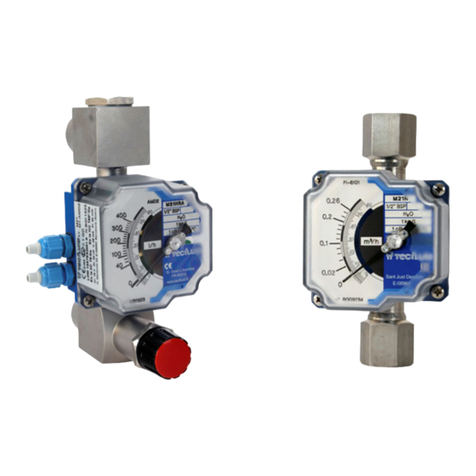Tecfluid FLOMAT FX FlomatFX User manual












Table of contents
Other Tecfluid Measuring Instrument manuals

Tecfluid
Tecfluid CU Series User manual

Tecfluid
Tecfluid LS Series User manual
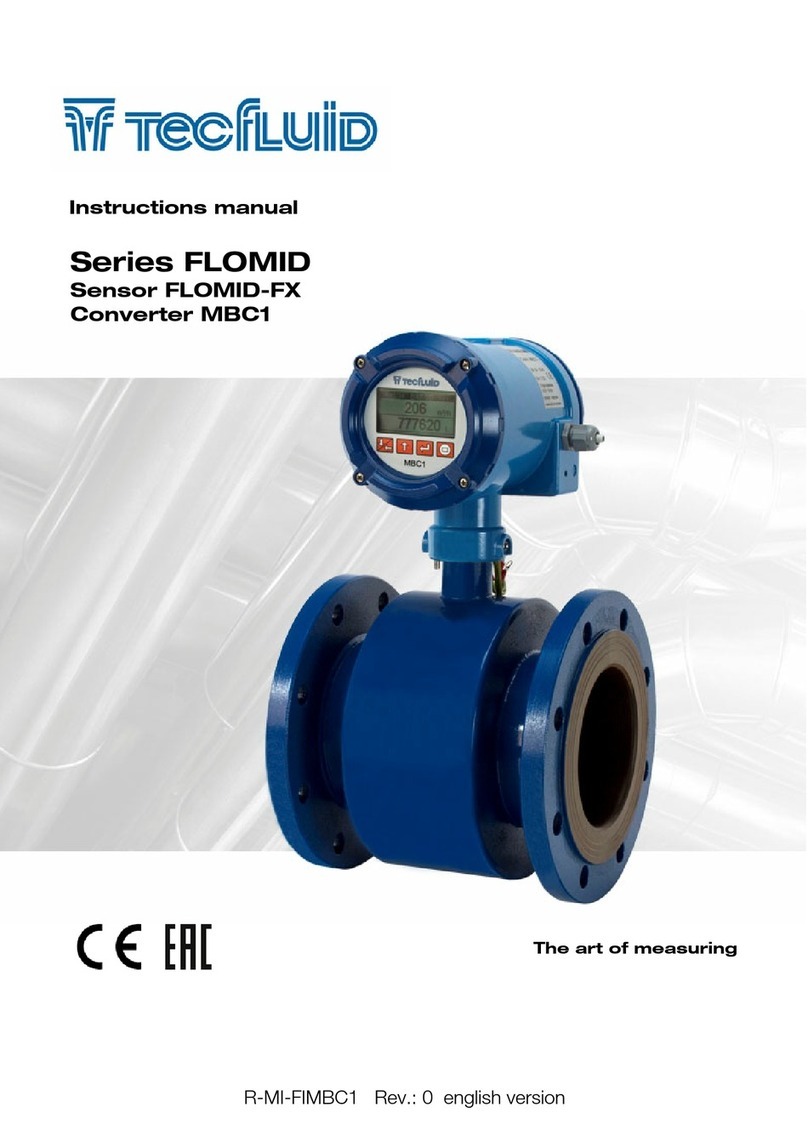
Tecfluid
Tecfluid FLOMID Series User manual
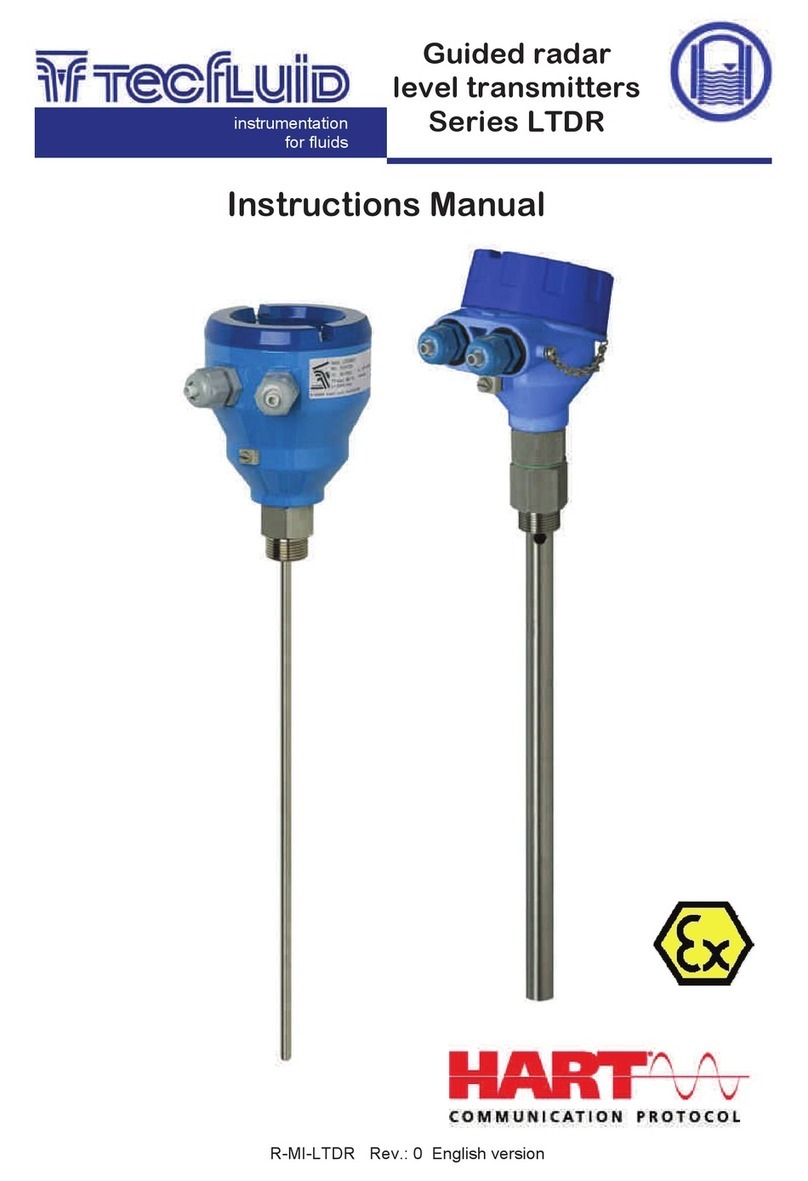
Tecfluid
Tecfluid LTDR series User manual

Tecfluid
Tecfluid FLOMID Series User manual
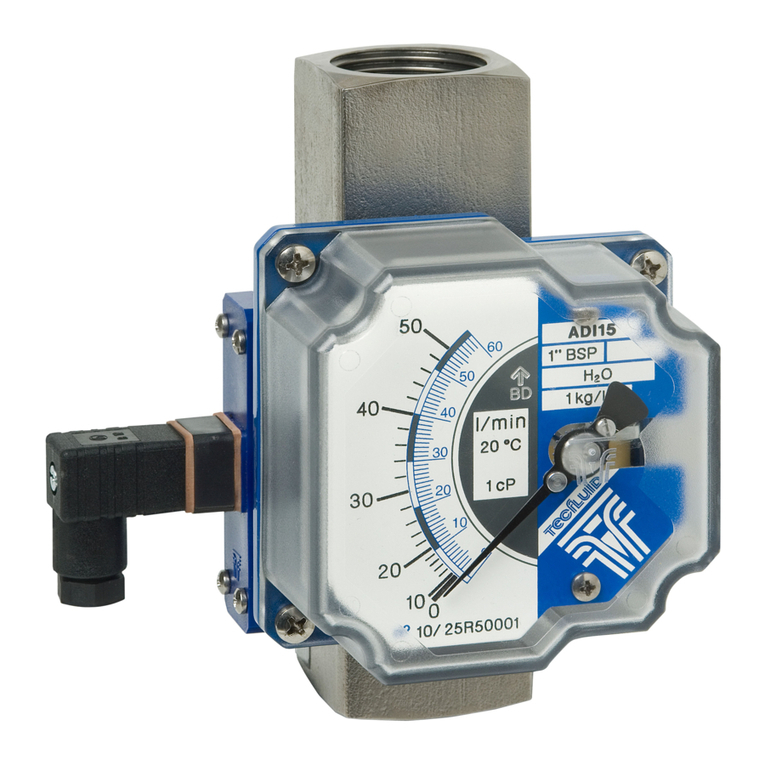
Tecfluid
Tecfluid AD Series User manual
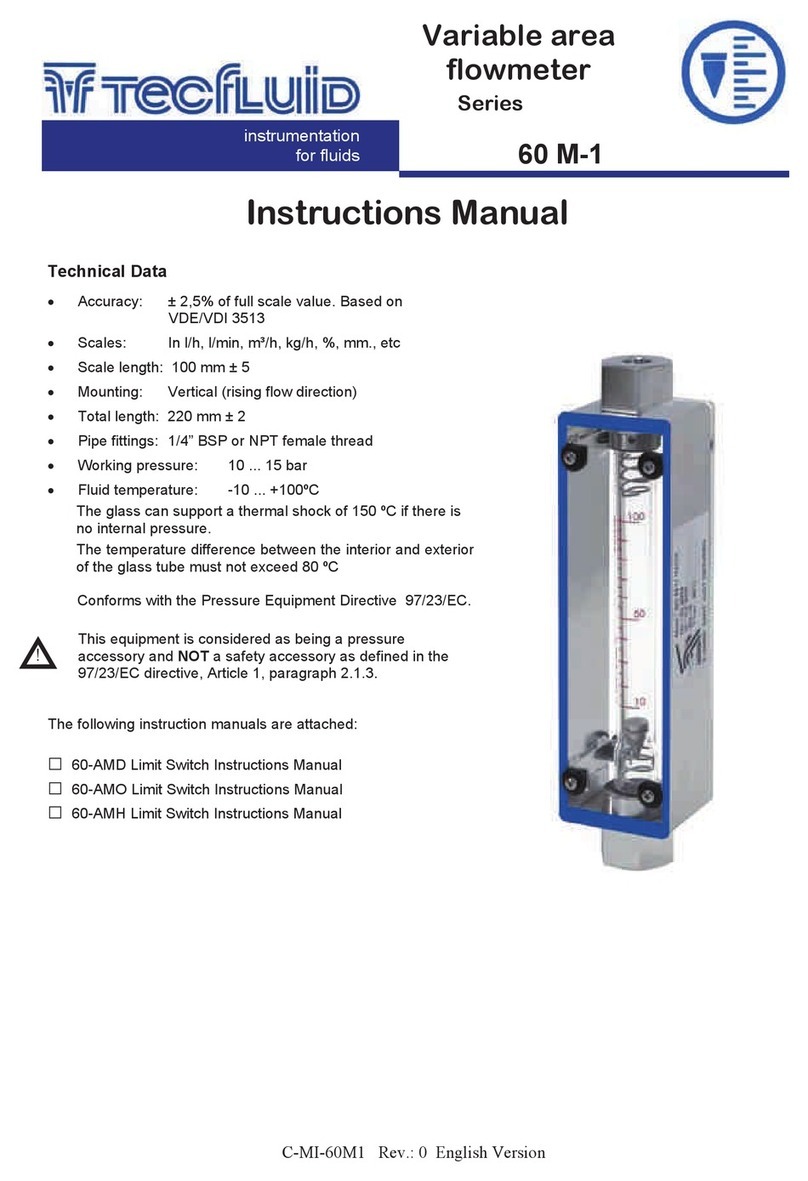
Tecfluid
Tecfluid 60 M-1 Series User manual
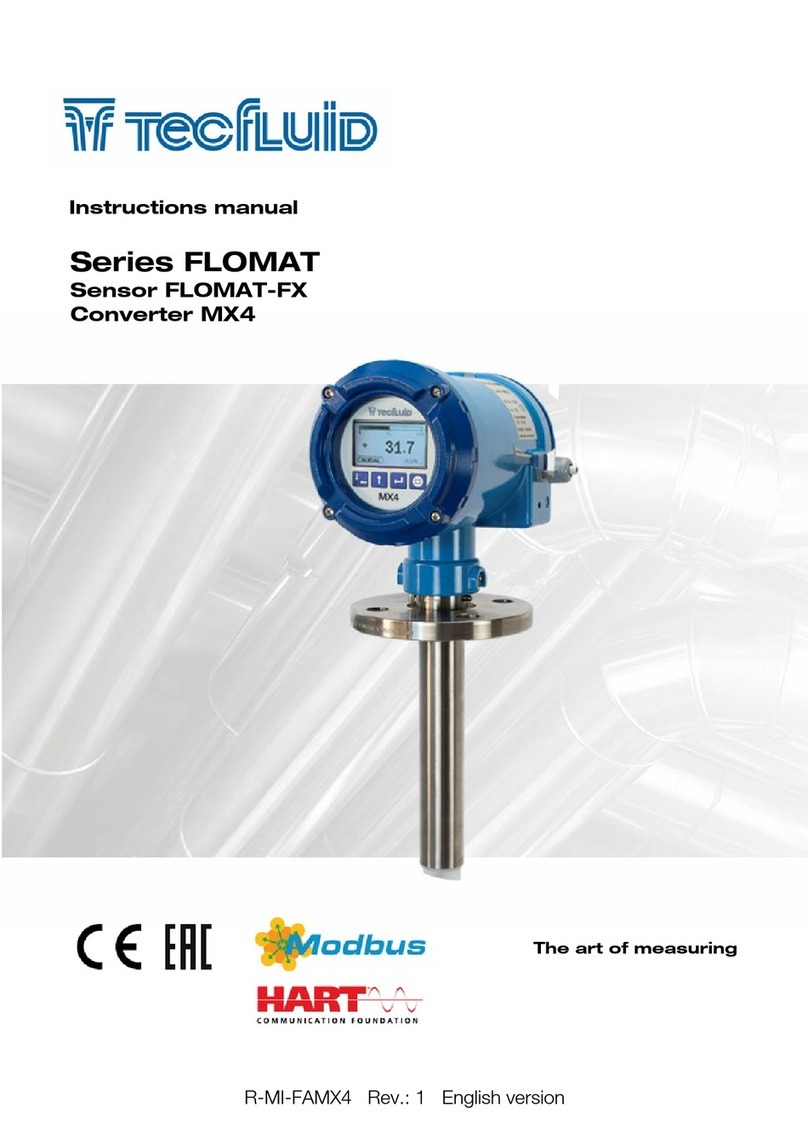
Tecfluid
Tecfluid FLOMAT Series User manual
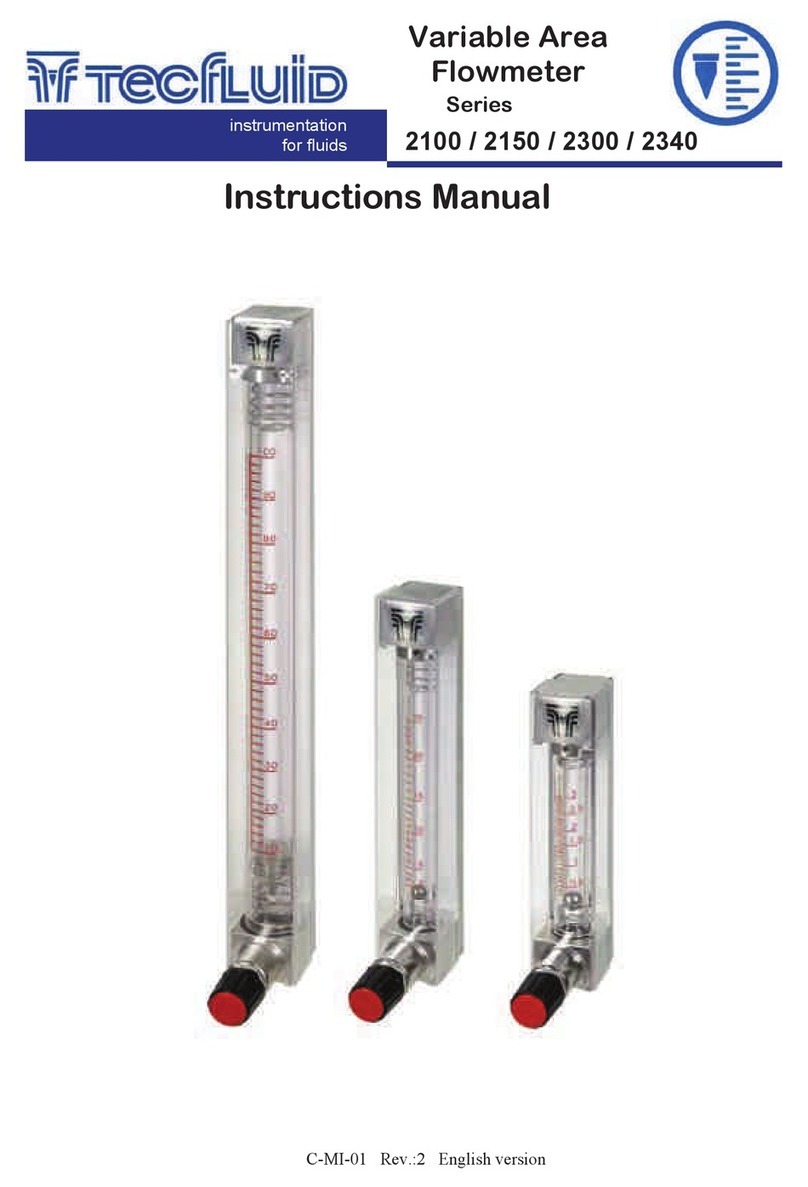
Tecfluid
Tecfluid 2100 Series User manual

Tecfluid
Tecfluid Series LT User manual
Popular Measuring Instrument manuals by other brands
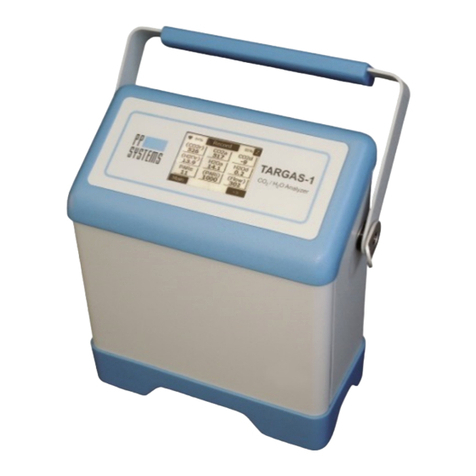
PP Systems
PP Systems TARGAS-1 Operation manuals

Emerson
Emerson Rosemount 3051 quick start guide

MARTINDALE
MARTINDALE VI13800 instruction manual
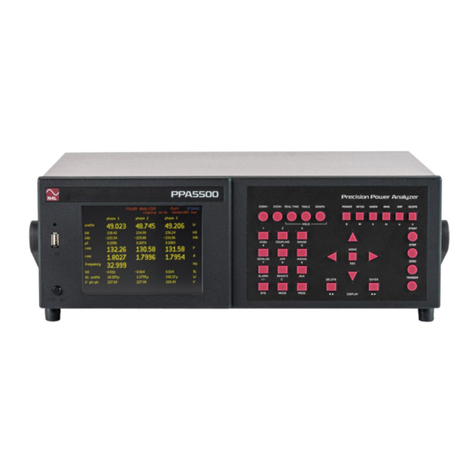
Newtons4th
Newtons4th PPA55 Series Startup guide

Oxford PRECISION
Oxford PRECISION OXD-315-2740F Operator's manual

Global Specialties
Global Specialties GSK-118 quick start guide
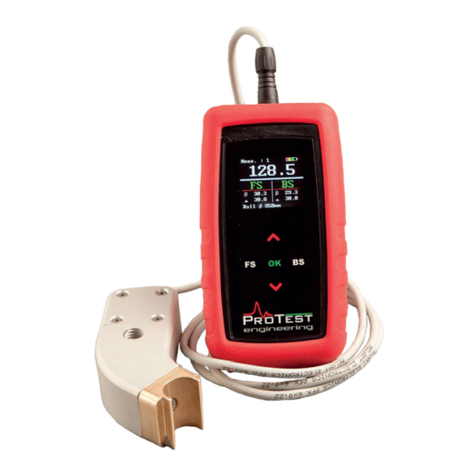
ProTest engineering
ProTest engineering AM1 user manual
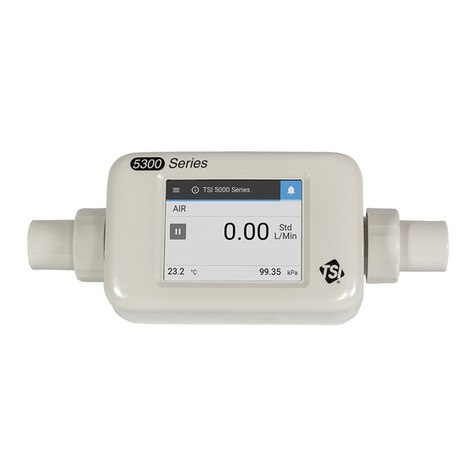
TSI Instruments
TSI Instruments 5300 Series quick start guide

Anaheim Scientific
Anaheim Scientific H400 instruction manual
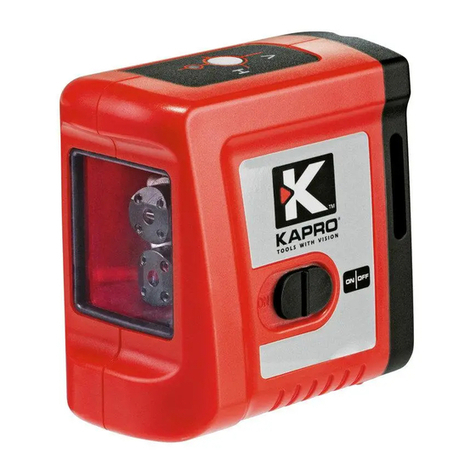
Kapro
Kapro Prolaser 862 user manual
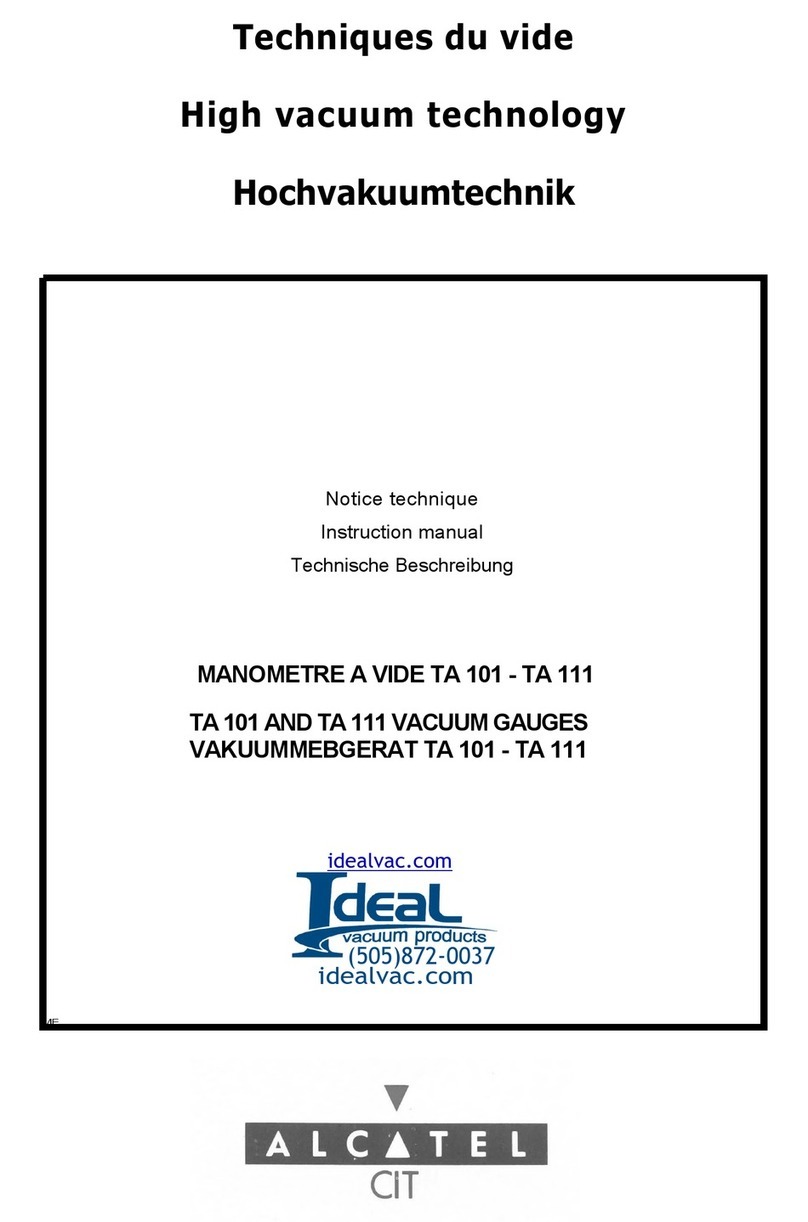
Alcatel
Alcatel TA 101 instruction manual

HOKUYO AUTOMATIC
HOKUYO AUTOMATIC UST-05LN user manual
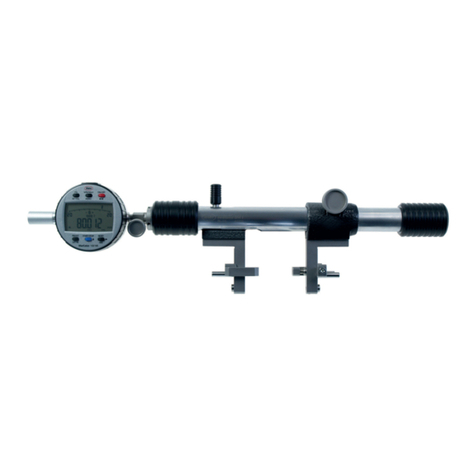
Mahr
Mahr Multimar 844 T operating instructions

PRECISION DIGITAL
PRECISION DIGITAL PD6800 instruction manual
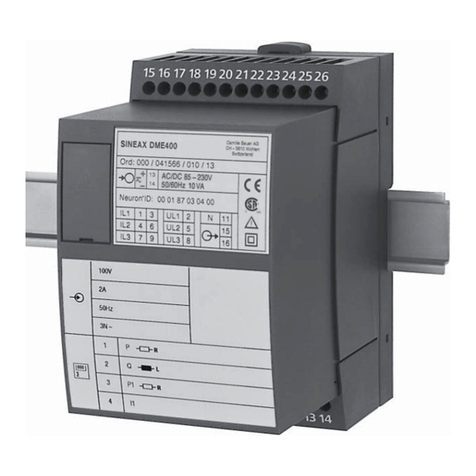
Camille Bauer
Camille Bauer SINEAX DME 400 Series operating instructions
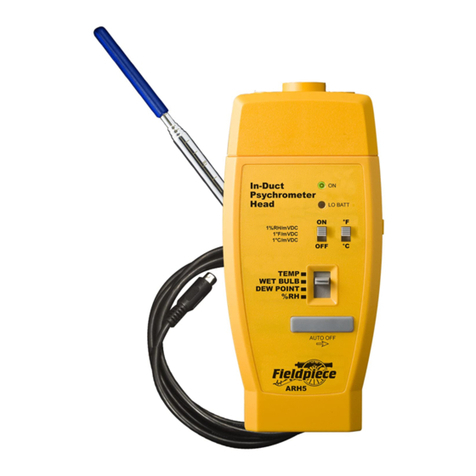
Fieldpiece
Fieldpiece ARH5 Operator's manual
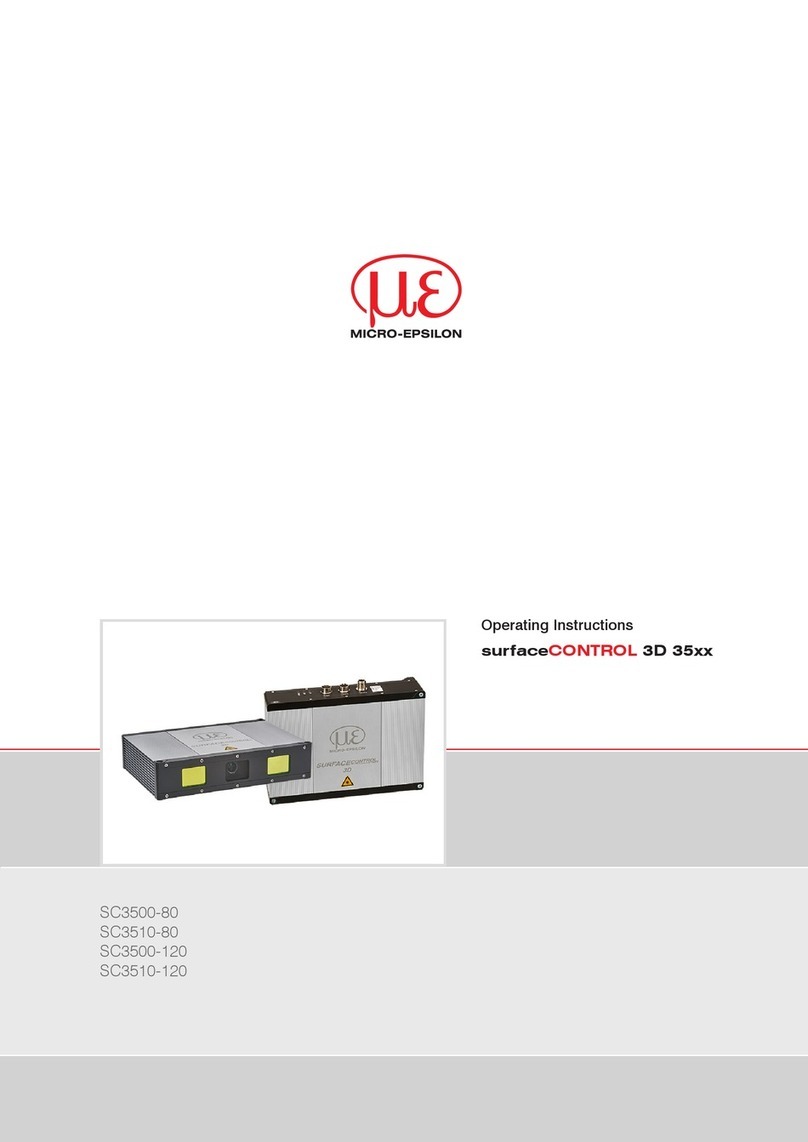
MICRO-EPSILON
MICRO-EPSILON surfaceCONTROL 3D 35 Series operating instructions
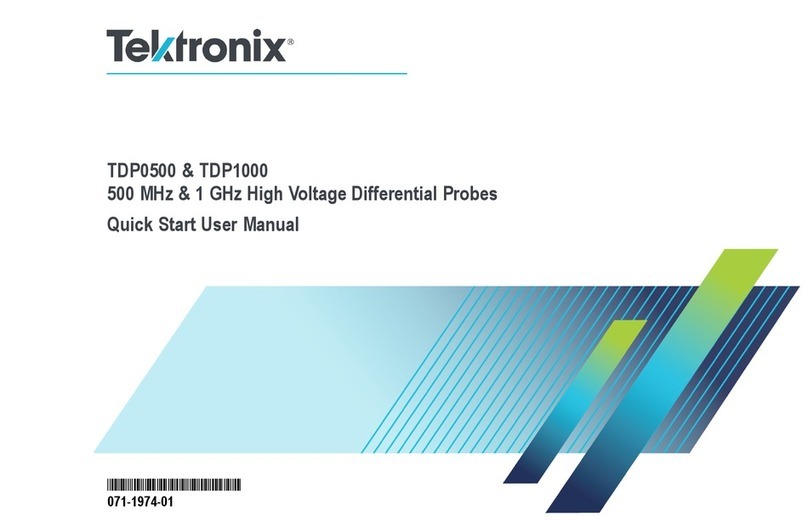
Tektronix
Tektronix TDP0500 Quick start user manual
